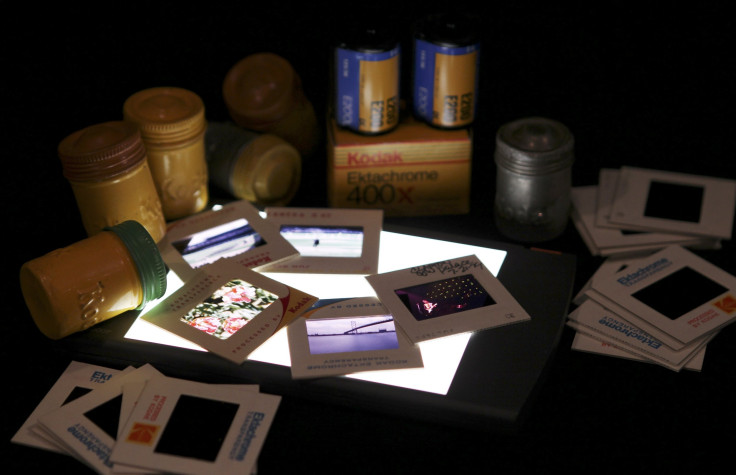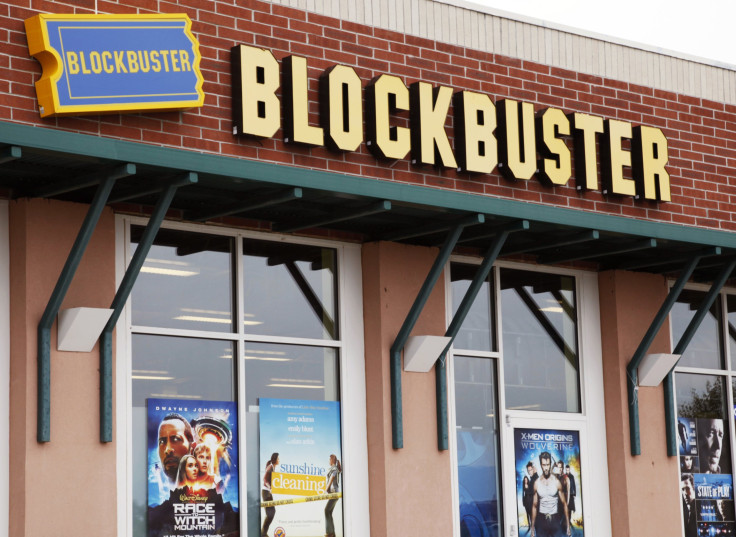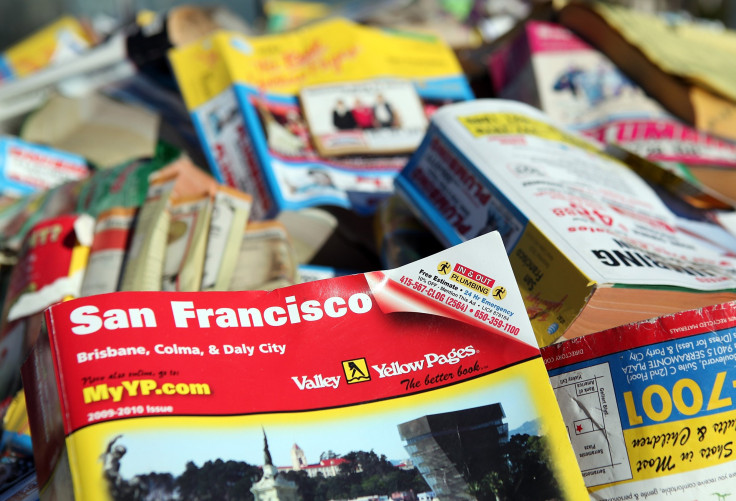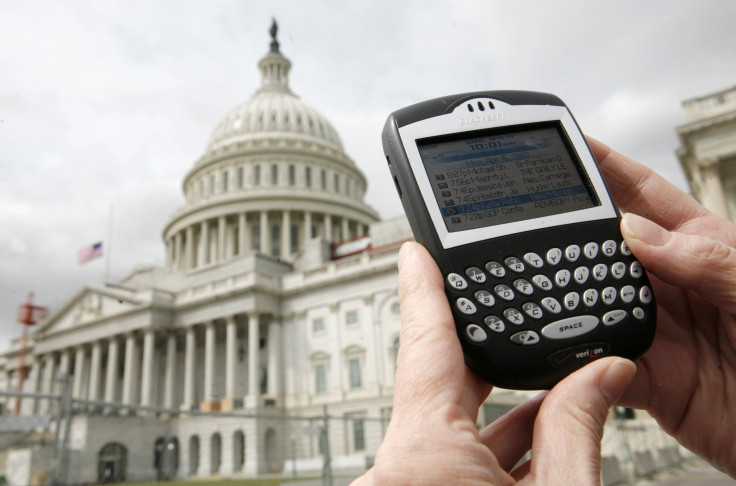From The Pony Express To Blockbuster: 5 Business Icons Suddenly Made Obsolete By Technology

When it comes to the evolution of technology, be careful not to look away too long or you might miss a piece of history as it's replaced by something newer, faster and often easier to use. Seemingly nothing is immune to technology's Darwinian forces.
That includes some of the biggest companies, products and brands in the world. The declining relevance of former PC industry giants like Microsoft, Intel and Dell is just the latest example. From the Pony Express to the BlackBerry, here's a look at five erstwhile mainstays that fell by the wayside as new technology quickly overtook them.
Pony Express (1860-1861) Succeeded by: The telegraph

If you needed to get a message from the East Coast to the West Coast in the mid 1800s, you could mail it. But if you wanted to get it there faster, there was the Pony Express, which could get your message from Missouri to San Francisco in about 10 days. This was accomplished through an 1,800-mile route staffed with 400 riders and horses. While that's slow by today's standards, it was a big deal at the time, since sending a letter by mail (that is, stagecoach) over the same distance could take at least a month or longer.
But the Pony Express was around for only about 19 months, as work was already underway to connect the coasts via a telegraph line that could send messages via electrical signals interpreted through Morse code. On Oct. 24, 1861, the first transcontinental telegraph system was completed by Western Union. Pony Express was instantly obsolete, and it closed up shop.
Eastman Kodak (1888-present) Succeeded by: Digital photography

Over the course of a century, the name Kodak became synonymous with photography. It wasn’t the only game in town for photos, but it was the most visible: Almost everywhere you went, from the mall to the drugstore to the theme park, there was a good chance you’d spot its logo. But Kodak's reliance on film to fuel its business proved its demise, with the rise of digital photography in the ‘90s and 2000s. After suffering massive losses, the Rochester, New York, company in 2012 it declared bankruptcy and came out as a restructured company a year later.
Oddly enough, Kodak itself was partially responsible for creating a product that would destroy its core business: In 1975, Kodak engineer Steven Sasson built a working digital camera that could take a 100-by-100-pixel resolution black-and-white photo. But in the years following it failed to take advantage of the technology before competitors Sony, Fuji, Canon and Nikon did.
While film now makes up only about 10 percent of its business, Kodak is hoping it can recapture the attention of filmmakers in 2016 with its modern interpretation of the Super 8 camera, a handheld unit that uses physical reels of 8mm film.
Blockbuster Video (1985-2013) Succeeded by: Netflix

If you wanted to watch a movie in the '90s and 2000s and pay a lot less than movie tickets or a DVD, there was a good chance you'd hop into the car and drive to your local Blockbuster Video store to rent a film. That was an adventure in and of itself as you browsed aisles with family and friends to find a movie that everyone would enjoy. At its peak in 2004, the chain had 9,000 stores under its banner and about 60,000 employees. These days Blockbuster only exists as 50 franchised stores in a few states, including Texas and Alaska, according to its website.
A major reason for its phase-out was competition from Netflix, the online-based (then) DVD-by-mail service started in 1997 by Mac Randolph and Reed Hastings, inspired in part by a $40 late fee Hastings incurred when he finally returned a rented VHS cassette of “Apollo 13”, according to Fortune. In 2000, Blockbuster was presented with the opportunity to purchase Netflix for $50 million, pocket change compared to Netflix's Wednesday stock market cap of $49.6 billion. Blockbuster declined and nearly laughed Netflix executives out of their office, former Netflix CFO Barry McCarthy told the Unofficial Stanford blog in 2008.
Happy Moon Landing Day! Late fees for #Apollo 13 started it all for Netflix founder, Reed Hastings – rent it today! http://twurl.nl/4gm2wm
— Netflix US (@netflix) July 20, 2009Netflix still offers disc rentals by mail. But these days, the majority of its attention is focused on its growing collection of streaming films, television shows and original content, such as “House of Cards” and “Narcos,” in over 130 countries.
Yellow Pages (1886-present) Succeeded by: Google

For most of the late 19th and 20th century, if you needed to find the phone number of a business or residence, you’d turn to the Yellow Pages. The phone book, named for its signature yellow-colored paper and cover, contained the names and numbers of just about anyone you’d need to call in your local area. It was often provided by your local telephone carrier such as AT&T, Verizon or a third-party vendor.
Hey @yellowbook you littered all around my neighborhood today. pic.twitter.com/3WQyzVwwan
— Josh Kruger (@jawshkruger) September 12, 2015But with the rise of the internet and search engines in the '90s and 2000s, such as Google and Yahoo, they were quickly made obsolete. Instead of flipping through hundreds of pages in a bulky book, people only had to type a few keystrokes to find what they were looking for. Despite the decline, the yellow book still exists in physical form, albeit with a fraction of the pages it used to have. If you don’t want to receive it anymore in the United States, it is possible to opt out of receiving the book via a website established by the Association of Directory Publishers.
Blackberry (1996-Present) Succeeded by: Apple Inc.’s iPhone

If you needed to have your email instantly in the palm of your hand, the gold standard came in the form of a BlackBerry. Half mobile phone, half communication device, it let users send and receive emails through a cellular connection and its full physical keyboard. It became such a standard in offices and universities that the Webster’s New World College Dictionary named Crackberry (referring to the often addictive use of the device) its word of the year in November 2006.
But in June 2007, Apple’s first iPhone sent shockwaves through the technology industry. In three months time Apple sold a million units of its smartphone, according to the New York Times. BlackBerry tried to respond through a partnership with Verizon and released the Blackberry Storm in 2008, a touchscreen smartphone that could physically click when pressed. It was a feature that was intended to make it more familiar to customers that used its physical keyboard BlackBerry devices, according to the Wall Street Journal. The product flopped and despite its best efforts, Apple’s iPhone and handsets using Google’s Android OS swallowed most of the mobile market whole in the following years.
These days, BlackBerry accounts for less than a half-percent of smartphones globally, according to IDC. But it hopes to capture some of that share back with its BlackBerry Priv, an Android smartphone targeted to the enterprise market with its physical keyboard and secure data features.
© Copyright IBTimes 2024. All rights reserved.






















